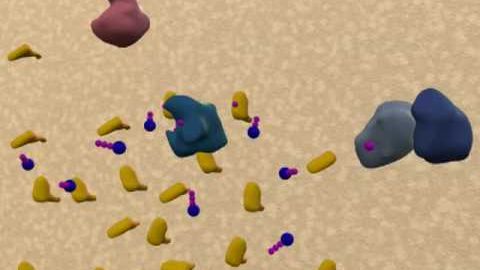インスリンシグナル伝達(シグナル経路
rink_katon が 2017 年 10 月 09 日 に投稿  この条件に一致する単語はありません
この条件に一致する単語はありませんUS /ˈprɑsˌɛs, ˈproˌsɛs/
・
UK /prə'ses/
- v.t.(コンピュータの)データを処理する;処理する;処理する;一連の工程を経る;加工する : 加工処理する;理解する
- n. (c./u.)手続き;一連の行為;方法;訴訟手続き;プロセス (コンピューター)
US /ɪˈsɛnʃəl/
・
UK /ɪ'senʃl/
US /ˈmʌltəpəl/
・
UK /ˈmʌltɪpl/
- adj.複数の;多様な;多発性の;多重の
- n. (c.)倍数;多数;倍率
- pron.多数
US /mɪˈtæbəˌlɪzəm/
・
UK /məˈtæbəlɪzəm/
エネルギーを使用
すべての単語を解除
発音・解説・フィルター機能を解除
